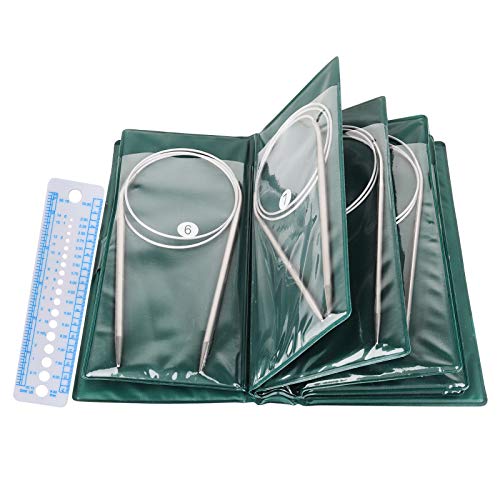The Benefits of Using Circular Needles for Knitting
If you’re into knitting, you’re probably familiar with straight needles. But have you tried using circular needles? They may seem intimidating at first, but they offer several advantages that can make your knitting experience more enjoyable and efficient.
Better for Large Projects
If you’re working on a large project, like a sweater or a blanket, you’ll need long needles to accommodate all the stitches. Straight needles can only go so long, while circular needles can be as long as you need them to be. This means you won’t have to worry about stitches falling off the needles or the weight of the project causing strain on your hands and arms.
No Seams
When using straight needles, you have to sew the individual pieces together to create a finished product. With circular needles, you can knit the entire project in one piece without having to seam anything. This not only saves time and effort but also makes for a sleeker and more seamless look.
Easier on Your Hands
Because circular needles distribute the weight of the project over a larger area, they can be easier on your hands and wrists. Also, you won’t have to hold onto the needles as tightly as you would with straight needles, which can also reduce strain and fatigue.
More Versatile
Circular needles can be used for both flat and circular knitting, while straight needles can only be used for flat knitting. This means you can use circular needles to knit a wider variety of projects, including hats, socks, and even sleeves. Plus, if you want to knit in the round, you don’t need to switch to double-pointed needles; you can simply switch to a smaller circular needle size with a shorter cable.
Easy to Store and Travel With
Circular needles are easy to store because they take up less space than straight needles. They’re also easier to travel with because you won’t have to worry about your stitches sliding off the needles during transport. Simply secure the ends with a stitch marker or rubber band, and you’re good to go.






